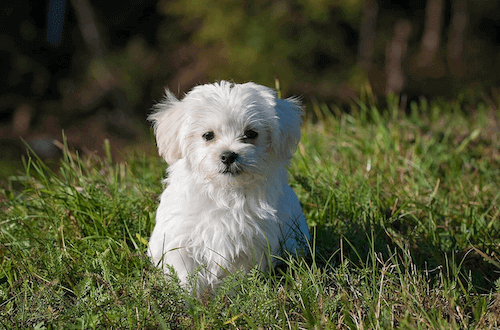Making your dog’s life more sustainable starts with everyday choices, from what they eat and play with to how you walk, wash and manage their waste. As more people commit to environmentally friendly living, it is only natural that they consider how their pets fit into that lifestyle. Dogs bring enormous joy to our lives, but their environmental pawprint adds up faster than many realize.
There are an estimated 900 million dogs in the world today. That’s a lot of bowls, toys, poop bags and products being consumed every day, and plenty of opportunity to make greener choices.
What Is In Your Dog’s Bowl?
One of the biggest areas where sustainability can start is with your dog’s food. Traditional pet food often relies on heavily processed meat by-products, cheap fillers and packaging that’s neither recyclable nor biodegradable.
But more owners are now seeking alternatives. Some are choosing ethically sourced meat, plant-based dog food or recipes that include insect protein, a high-protein, low-impact alternative to beef or chicken.
Another trend is the rise of locally produced or small-batch pet food brands that focus on low waste, compostable packaging and whole-food ingredients. Even switching to a brand that uses recyclable bags or ships in bulk can make a difference over time. For those especially conscious of quality, there is also a growing interest in healthy dog food that doesn’t just reduce environmental impact, but supports long-term canine health with better ingredients and fewer additives.
Are Your Dog’s Toys And Accessories Sustainable?
Dogs love to chew, tug, and play, but many pet toys are made from virgin plastic, synthetic fabrics or rubber that ends up in landfill. These items often break quickly and aren’t recyclable, especially when chewed to pieces.
Switching to toys made from natural rubber, hemp or recycled fabrics is a simple but meaningful step. Many eco-friendly toys are not only safer but also more durable.
Even dog beds, leads and collars are now available in eco-conscious materials like organic cotton, cork leather or recycled plastic bottles. Some pet owners are even crafting homemade enrichment games from cardboard or old clothes, adding a zero-waste touch to playtime.
What About Dog Walks And Waste?
Walking the dog is a daily ritual, but it is one that often involves single-use waste. The biggest issue is, of course, poop bags. Standard plastic bags can take hundreds of years to degrade, and even some “biodegradable” options only break down under industrial composting conditions.
The most effective option is to use certified compostable bags that meet clear international standards or to explore scoop systems that don’t require any bags at all. In some areas, municipal composting programs accept pet waste, though it is important to check local guidelines. If you have outdoor space, you can even try a dog waste composting system designed specifically for pet waste.
Choosing routes that minimize driving and avoiding sensitive wildlife areas can also help reduce environmental disruption during your daily walks. Sometimes the smallest decisions, like skipping the car ride to the trail, are the most impactful.
How Eco-Friendly Is Your Grooming Routine?
From shampoos and sprays to wipes and flea treatments, grooming products can contain chemicals that are not just harsh on your dog, but harmful to the environment. Many of these products are also packaged in plastic and tested on animals.
Opting for natural and cruelty-free grooming products that come in recyclable or refillable containers is a smart move. There are now excellent brands offering biodegradable grooming wipes, solid shampoo bars and bamboo grooming brushes. Not only are these alternatives better for the planet, but they are often gentler on your dog’s skin and coat too.
Regular grooming also has indirect eco benefits as it reduces shedding and skin issues, leading to fewer vet visits and medical products that come with their own environmental costs.
Is Adoption The Greener Option?
Yes and for more reasons than one. Choosing to adopt a dog instead of buying from a breeder helps reduce the demand for commercial breeding operations, which consume resources and can involve questionable animal welfare practices. Giving a rescue dog a home doesn’t just save a life, it is also a form of recycling in the truest sense.
Even fostering a dog temporarily can reduce the strain on shelters and help animals avoid long stays in crowded, underfunded facilities. It is a kind of eco-activism that doesn’t require buying any new products or creating new demand.
Can You Really Live Green With A Dog?
Yes, while no lifestyle is perfectly sustainable, making conscious decisions around food, waste, toys, grooming and adoption can significantly reduce your dog’s environmental impact. You don’t need to overhaul everything overnight, just start where it makes sense for you.
Green living with a dog is not about perfection. It is about intention. Whether you are choosing toys made from recycled materials, using compostable poop bags or investing in healthy dog food from an ethical brand, every small change adds up.






